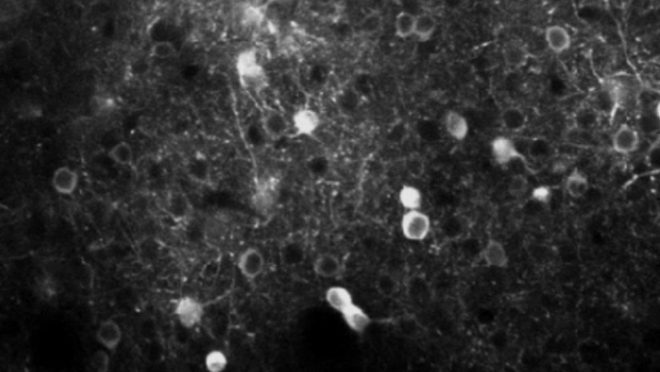MIT’s Picower Institute for Learning and Memory has recently put forth a new study that outlays that one important brain region called the posterior parietal cortex (PPC) is vital in converting vision into action. This finding has been illustrated by scientists by demonstrating that the PPC in mice comprises a mix of neurons that enable visual processing, decision-making, and action.
Vision in the service of action begins with the eyes, but then that information has to be transformed into motor commands. – Senior author Mriganka Sur, the Paul E. and Lilah Newton Professor of Neuroscience in the Department of Brain and Cognitive Sciences.
Adding to this, they said that this study might prove beneficial in explaining the “hemispatial neglect” in some people, or brain injuries/stroke as known in common terms, stripping the people of their ability to act according to or perceive objects on one side of their field of vision. This happens as the brain fails to impress the perception that the object on the field of vision is worth triggering an action, or in other words, fails to recognize the object as something that can be acted upon.


As quoted on the MIT site, corresponding to the experiment:
PPC neurons, engineered to glow when active, flicker in response to a mouse seeing a visual stimulus and deciding whether to respond with a licking motion.
There were times when the spout wouldn’t rise even when the mice were put to the exact visual examples, thereby enabling the scientists to deduce the potential of the neurons for motor reaction or the lack of it, as was the case put up by the neurons’ reactions with the visual example.
The scientists recorded the action of the neurons corresponding to the reactions of the mice as they saw the visual examples and thereby choosing to lick or not. The action was recorded in every one of the two brain: the visual cortex, which forms locate, and the PPC, which gets input from the visual cortex, along with various other sensory and motor regions. As the pattern moved and showed up, the visual cortex neurons lit up equally between reacting to one visual example or the other. And, the neurons in the PPC showed more changed reactions as most of them were perceptive and responsive not just to seeing an object, but to rules of the test and the chance to act upon the right visual cue as well. Evidently, this suggests that the PPC neurons can flexibly deal with tactile and engine data and accordingly put the mouse to react to their particular visual example fittingly.
For the enthusiasts, they can check out the post on MIT’s site for detailed insight into the experiment at hand.
This experiment has facilitated the specialists to draw direct correlate of learning at the cellular level, indicating PPC as a critical node of where seeing is integrated with acting on that visual information.
To quote Sur: “If you flipped the rules of traffic lights so that red means go, the visual input would still be driven by the colors, but the linkage to motor output neurons would switch, and that happens in the PPC. Our understanding of how decisions are computed and visuomotor transformations are made, will be greatly aided by future circuit-level analyses of PPC function in this powerful model system.”
So now we know ‘where’ our vision gets transformed into action, thanks to these MIT researchers!




